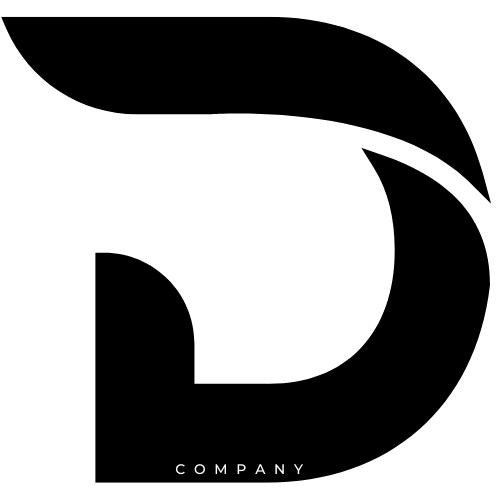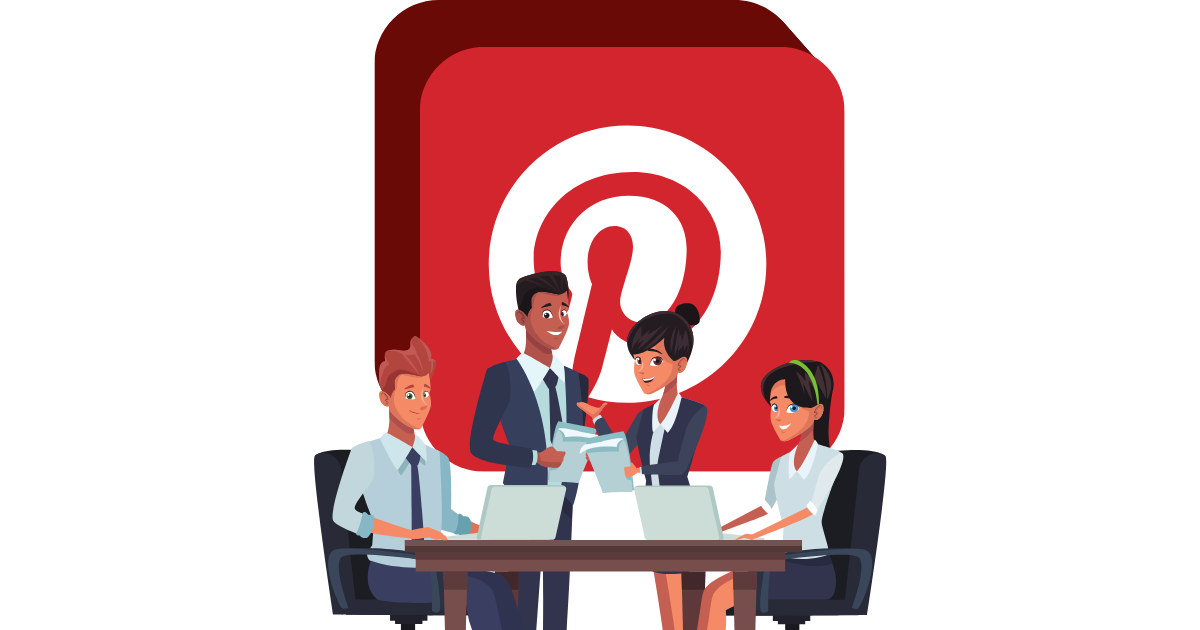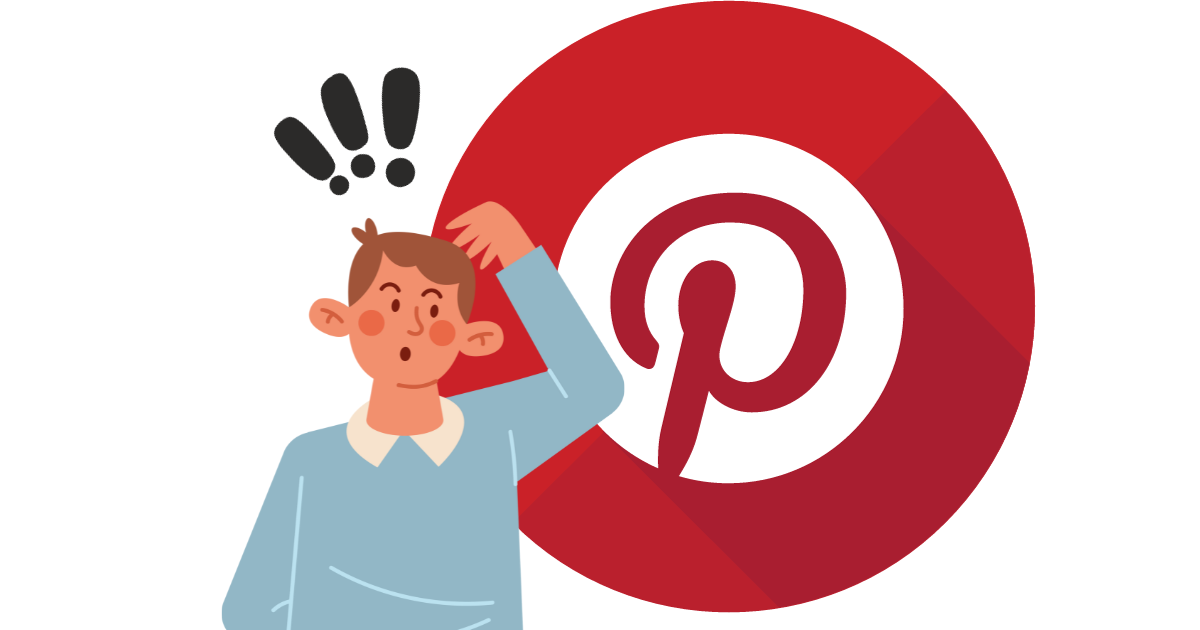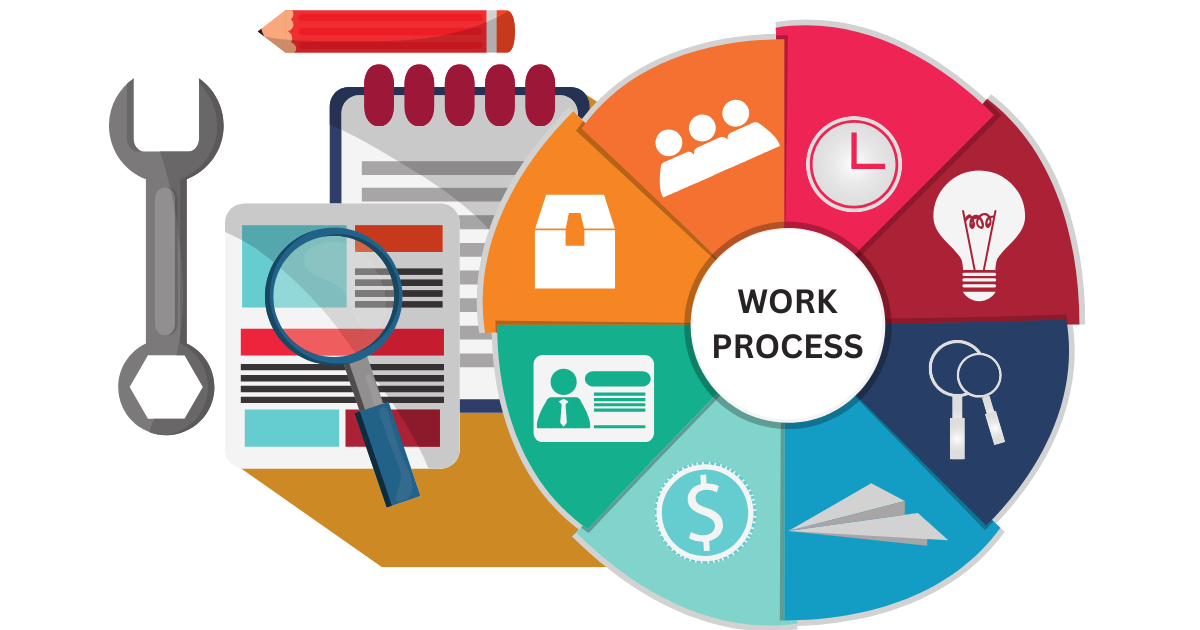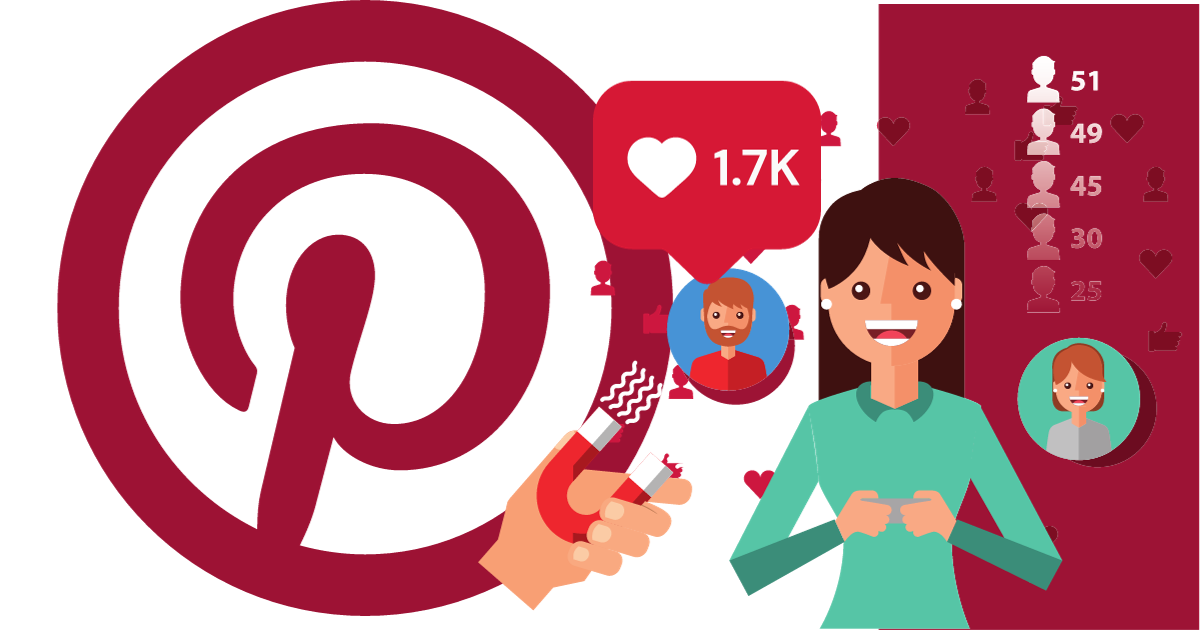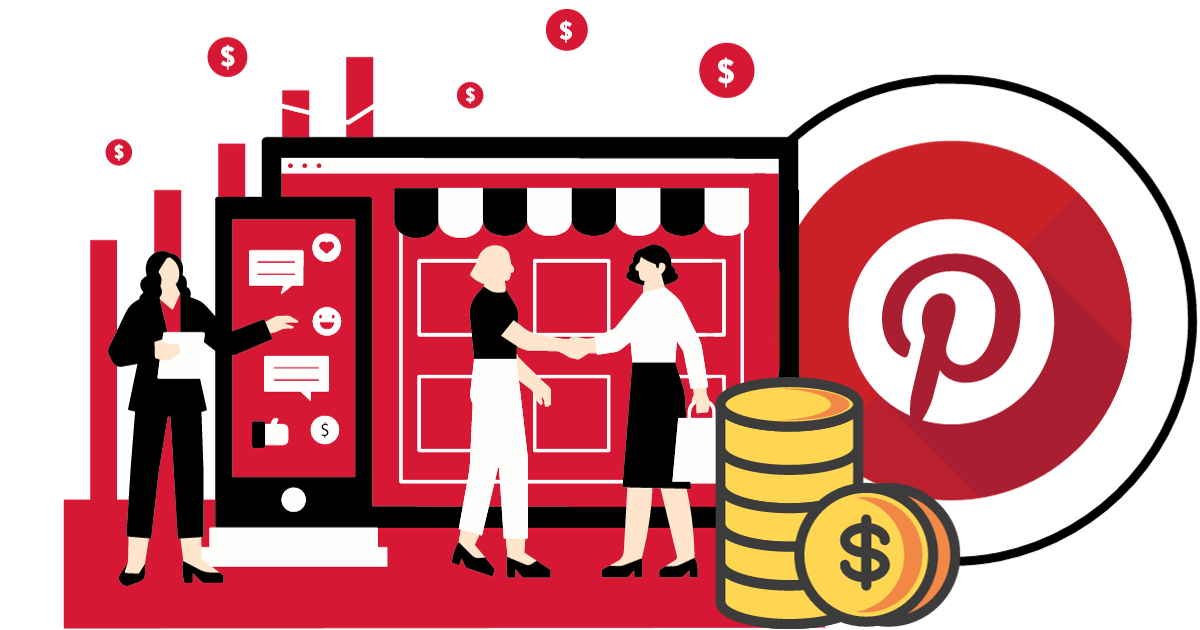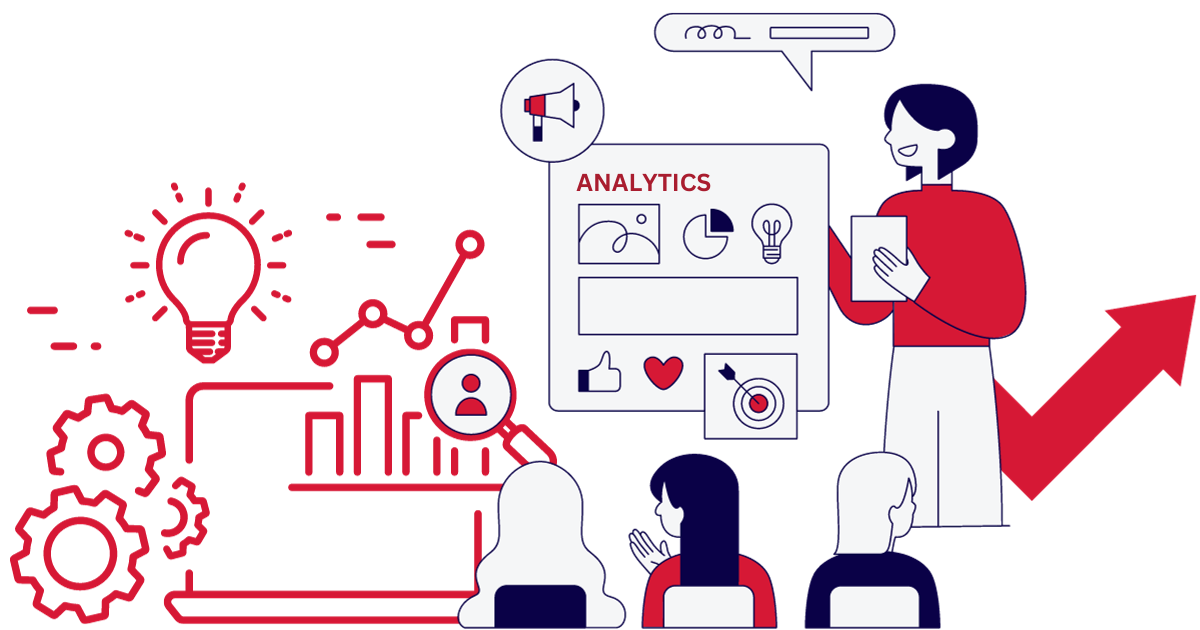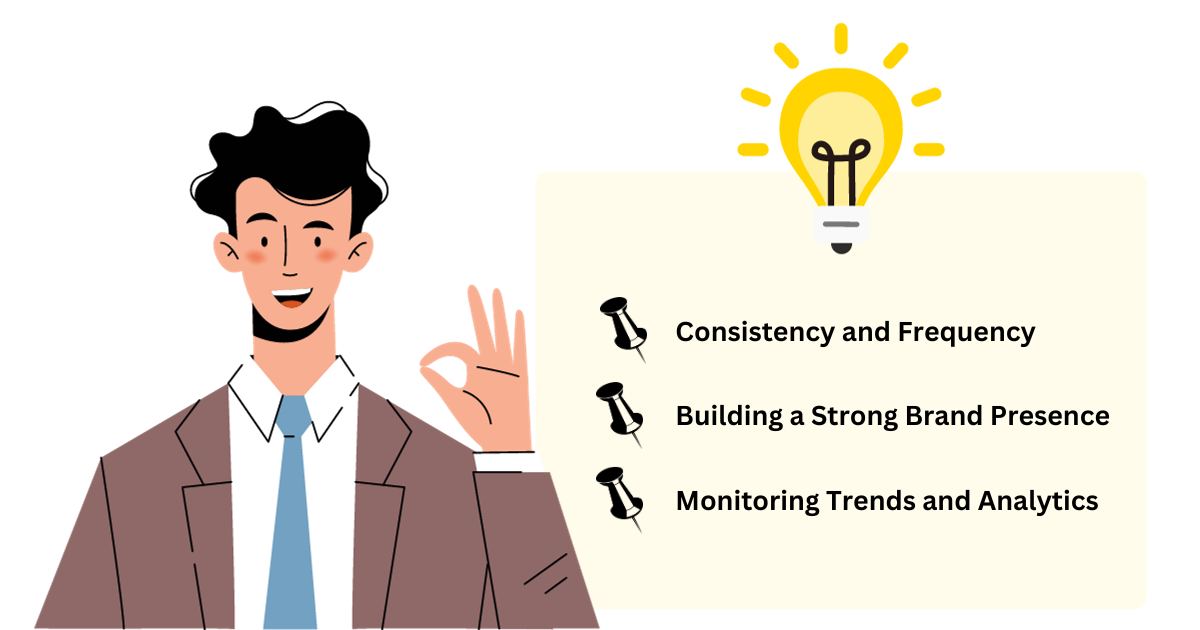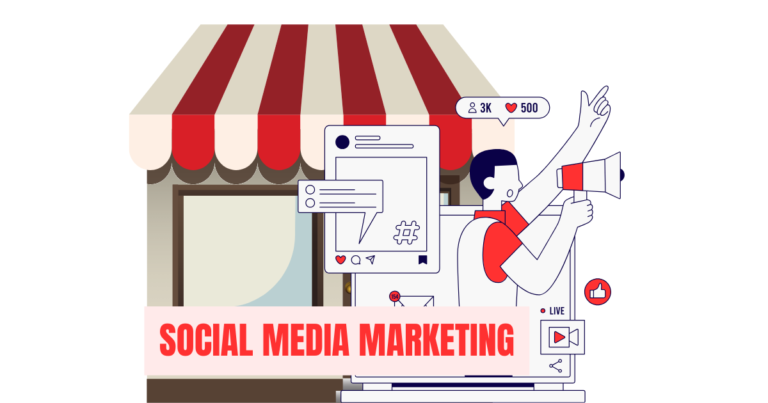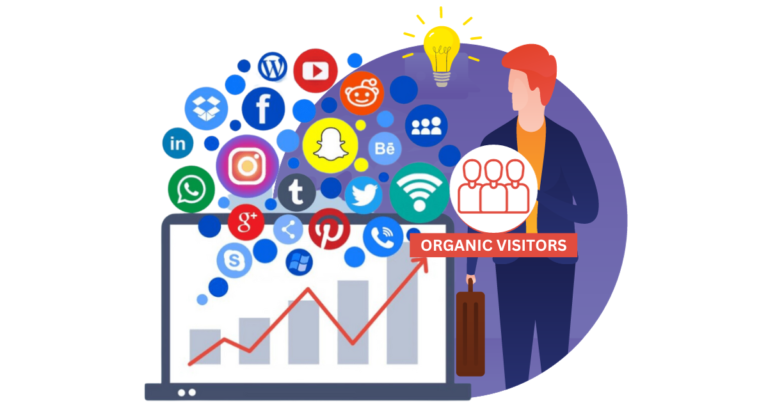Known for being a hidden gem among social media sites, Pinterest has been garnering attention for its distinct method of sharing visual material and facilitating online discovery. Pinterest has become a very useful tool for both individuals and organizations in this digital era when visuals and attention-grabbing content are crucial. In the world of marketing, knowing what Pinterest is and how it benefits organizations is becoming more and more important. With the goal of enlightening you on everything from Pinterest’s basic principles to its commercial applications, this post will help you realize the platform’s full potential for connecting and interacting with your target market. Explore Pinterest’s depths; regardless of experience level, this might be the key to improving your online presence and accelerating company growth.
What is Pinterest?
Fundamentally, Pinterest is a social networking site with a distinct focus. Pinterest’s primary focus is on visual discovery, in contrast to sites that predominantly rely on text-based information. In its most basic form, Pinterest is an online pinboard where users may find, save, and share different photos, graphics, and concepts from the internet.
Pinterest’s main function is to act as a visual bookmarking tool, enabling users to look for ideas, gather photos, and arrange them into themed collections called “boards.” Users “pin” concepts and pictures to their boards that catch their eye while navigating the huge array of internet content, building a customized visual collection. Pinterest is a veritable gold mine of ideas for everything from fashion and home décor to recipes and vacation spots, thanks to its user-curated content. It is a digital area that is aesthetically pleasing and well-organized, where inspiration, aspiration, and creativity come together.
How Pinterest Works?
Pinning and Boards
The idea behind Pinterest is that you can “pin” things and make “boards.” The core functions of Pinterest are these two elements.
In essence, boards are thematic collections of photographs that Pinterest users may build. These boards can cover a broad range of subjects, including DIY projects, travel destinations, fashion, and home décor. Users may build as many boards as they desire, customizing them to suit their interests or requirements. Each board can have a distinct focus.
Creating Boards: Users of Pinterest are able to create boards, which are simply collections of photographs with a theme. These boards can cover a broad range of subjects, including DIY projects, travel destinations, fashion, and home décor. Users may build as many boards as they desire, customizing them to suit their interests or requirements. Each board can have a distinct focus.
Pinning Images and Ideas: After creating a board, a user can begin pinning ideas and pictures to it. This entails bookmarking or storing photographs on their preferred boards from the internet, other users, or Pinterest itself. For instance, you may pin pictures of various interior ideas to your “Home Renovation Ideas” board if you’re organizing a house makeover. You may go back to these pinned photos at any time, just like you would with a visual bookmark. Additionally, other Pinterest users may view and share them, giving the site a social component.
Visual Search
Another unique feature that makes Pinterest stand out from other social networking sites is its visual search.
Exploring Through Images: Users may browse and find material on Pinterest, mostly through image-based searches. By clicking on an eye-catching image, you may begin your research without depending on text-based searches or hashtags and subsequently locate relevant material. This novel method of finding inspiration is very helpful for people looking for ideas or inspiration for undertakings.
AI-Powered Technology: Pinterest’s visual search is powered by cutting-edge AI technology. With the assistance of this technology, users may locate comparable or similar material by identifying objects and features inside images. Businesses may benefit greatly from this by having people who are looking for something visually similar find their ideas and products.
Engagement and Following
Pinterest is a social platform, and as such, it encourages user engagement and connections.
Liking and Commenting: Similar to other social media platforms’ “like” or “thumbs up” features, users may engage with pins by liking them. Additionally, they may leave questions or comments on pins, offering their opinions. These activities encourage participation and strengthen the sense of community on Pinterest.
Following Other Users: Users may follow one another on this platform, much as on other social networking sites. A user’s pins will show up in your home feed when you follow them, so you can keep up with all of their most recent discoveries and pins. This implies that developing a devoted and active following may be a formidable strategy for companies looking to reach a wider audience and establish a connection with prospective clients.
Businesses hoping to use the visual potential of Pinterest must comprehend the workings of the visual search, pinning and board system, and user interaction elements. We shall examine how Pinterest may be used for business in the upcoming parts.
Pinterest for Business
Business Accounts
There are two types of accounts on Pinterest: personal accounts and corporate accounts. The first step for businesses wishing to take advantage of Pinterest’s marketing potential is to create a company profile on the network.
Setting Up a Business Profile: The process of turning your personal Pinterest account into a corporate profile is simple. You may utilize Pinterest analytics and advertising possibilities, among other capabilities. In order to track website-related activity on Pinterest, you must first declare your website, which validates the legitimacy of your company.
Benefits of a Business Account: Beyond statistics, there are other benefits to owning a corporate account. Pinterest’s advertising capabilities are accessible through business profiles; we’ll go into them in more detail in the following section. They also enable you to employ rich pins, which give your pins additional interaction and information, increasing user appeal and utility.
Pinterest Ads
Pinterest offers a range of advertising options that can help businesses get their products and services in front of a wider and more targeted audience.
Types of Pinterest Ads: A range of ad forms are available on Pinterest, such as shopping ads, carousel ads, and promoted pins. While shopping ads allow e-commerce firms to display their items with pricing right on the pin, promoted pins are ordinary pins that companies pay to push to a wider audience.
Promoted Pins and Shopping Ads: Due to their placement in users’ feeds and search results, promoted pins are especially useful for connecting with prospective clients. Businesses may make it simpler for customers to locate and buy things they like by using shopping ads to transform their product catalogs into shoppable pins.
Analytics
Measuring success on Pinterest is made easier with the platform’s built-in analytics tools.
Accessing Pinterest Analytics: Pinterest Analytics, a feature-rich dashboard that monitors the effectiveness of your pins and boards, is now accessible to business accounts. This data contains details on your audience’s demographics, the most popular pins, and how they interact with your material.
Measuring Success: Businesses may learn what works and what doesn’t by using Pinterest Analytics. You may improve your Pinterest approach and craft material that more effectively appeals to your target audience by examining important data like impressions, clicks, and saves.
A plethora of tools and services are available on Pinterest for businesses, all aimed at helping companies engage with their customers, increase website traffic, and increase revenue. We’ll look at using Pinterest for marketing success in the following part.
Leveraging Pinterest for Marketing
Content Strategy
The secret to effective Pinterest marketing is a carefully thought-out content plan. The secret to increasing engagement and website traffic is to make pins that speak to your target demographic. On Pinterest, visual appeal is crucial, so put your best effort into making visually arresting pins that highlight your goods, services, or concepts. Whether you work as an interior designer, food blogger, or in the fashion business, your pins should inspire your audience and convey the spirit of your company. Additionally, keep in mind that Pinterest is all about using pictures to tell stories, so use your pins to narrate the development of a fashion trend or the step-by-step instructions for a DIY project.
SEO for Pinterest
A key component of Pinterest marketing is search engine optimization. Similar to other search engines like Google, Pinterest uses keywords to match users with relevant material. Make sure you utilize extensive descriptions that are packed with pertinent keywords and interesting names when you create pins. Consider the phrases that members of your audience would use to find ideas or items that are comparable to yours, and include those terms in the descriptions of your pins. Furthermore, remember to use hashtags in order to improve your pins’ discoverability. These techniques will improve your content’s exposure and facilitate potential clients’ ability to locate you.
Pinterest Influencers
Your marketing strategies may take a radical turn if you partner with Pinterest influencers. Users with a sizable and active following on Pinterest are known as influencers, and they may aid in spreading the word about your goods and services to a wider audience. You may use influencers’ reach and reputation to your advantage by collaborating with them on projects that complement your brand’s aesthetic and interests.
Influencers have the ability to make and distribute pins that highlight your products, and their recommendations may have a significant impact on their following. Reaching a more responsive and focused audience with this strategy may be quite successful in raising brand recognition and even increasing conversions. Make sure to take into account many aspects when choosing influencers, such as their legitimacy, connection to your niche, and engagement rate.
Influencer collaborations, search engine optimization, and thoughtful content production are all needed to successfully use Pinterest for marketing. Businesses can generate outcomes and optimize their effects on this visual discovery platform by putting these methods into practice.
Tips for Pinterest Success
Consistency and Frequency
One of the most important rules for Pinterest’s success is consistency. In addition to keeping your audience interested, consistently pinning new material tells the platform that you’re a relevant and active member. Whether your pinning plan is daily, weekly, or at some other rhythm that suits your business, try to stick to it. This improves the likelihood that a larger audience will notice your pins and also helps to keep your followers interested. To make sure that your pins stay relevant and don’t overwhelm your followers, you should balance the frequency of your pins.
Building a Strong Brand Presence
Your brand’s identity should be reflected in your Pinterest presence. This entails developing a visually appealing and unified profile that makes consistent use of branding components such as color schemes, logos, and styles. Users should be able to identify your brand right away when they visit your profile. To further strengthen the appearance of your business, you can also use board covers, which are particular pins that function as cover photos for your boards. The more unique and identifiable your brand is, the more probable it is that people will interact with and trust your content.
Monitoring Trends and Analytics
Because Pinterest is such a dynamic site, it’s imperative for success to keep up with the latest trends and comprehend the preferences of your audience. Watch what themes and pins are hot in your niche; you may get ideas for your own content from these sources. Additionally, analyze your Pinterest analytics on a frequent basis to see what’s functioning well and what needs to be improved. Understanding which pins are getting the most interaction and conversions can help you modify your approach so that it focuses on what your audience finds most engaging. A key strategy for maximizing your Pinterest marketing efforts and attaining long-term success is data-driven decision-making.
By implementing these suggestions into your Pinterest approach, you’ll be able to adjust to shifting consumer preferences and trends on the site while simultaneously maintaining a strong and steady presence. In order to succeed on Pinterest, one must frequently combine branding, creativity, and data-driven decision-making.
Challenges and Pitfalls
Common Mistakes to Avoid
Like any other platform, Pinterest has its own set of drawbacks that companies need to be mindful of. The typical errors that many businesses make while attempting to build their Pinterest presence will be clarified in this section. Acknowledging these errors is the first step in preventing them, which ranges from undervaluing the significance of captivating content to misinterpreting their target market. You can avoid costly mistakes and make sure your Pinterest approach is working by being aware of these traps.
Dealing with Changing Algorithms
Like a lot of other social media sites, Pinterest updates its algorithms frequently to enhance the user experience. Occasionally, these modifications may cause a company’s established marketing plans to fail. This section will cover the difficulties posed by evolving algorithms and how companies may adjust to remain competitive. Remaining successful on Pinterest over the long term requires being able to adjust to algorithmic alterations, whether that means learning new ranking variables or keeping up with distribution changes. We’ll offer tactics and advice to assist companies in successfully navigating these changes.
Conclusion
In conclusion, businesses may use Pinterest as a colorful canvas to tell their brand narrative and interact with a wide range of visually-minded consumers. It is an effective tool for web marketing because of its distinctive approach to visual discovery and features that are suitable for businesses. Businesses may accomplish extraordinary success in the digital world by using Pinterest’s potential and implementing effective methods that enhance their online presence and drive interaction. Make Pinterest a key component of your marketing plan; don’t undervalue the influence of this visual medium.
[FAQ]
What are Pinterest boards, and how can businesses use them effectively?
Pinterest boards are collections of related pins organized around a specific theme. Businesses can create boards that represent their products, services, or brand values. Organizing content into boards makes it easy for users to explore and engage with your brand.
How can businesses engage with the Pinterest community?
Engaging with the Pinterest community involves sharing useful, inspiring, and relevant content. You can interact with users by liking, repinning, and commenting on their pins. Building a genuine presence and participating in trends can help foster a loyal following.
Can businesses use Pinterest for e-commerce?
Yes, businesses can use Pinterest for e-commerce. They can create shoppable pins that allow users to make purchases directly through Pinterest. This feature can significantly enhance the shopping experience and drive sales.
